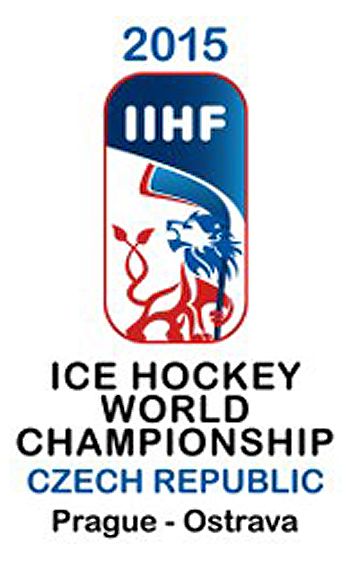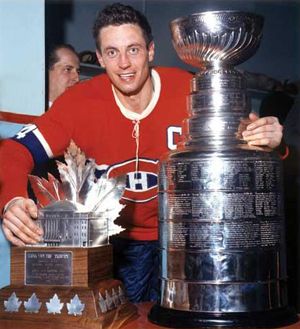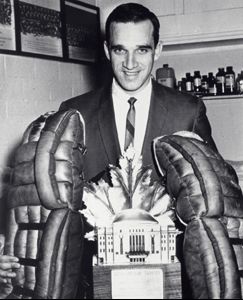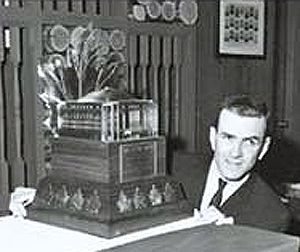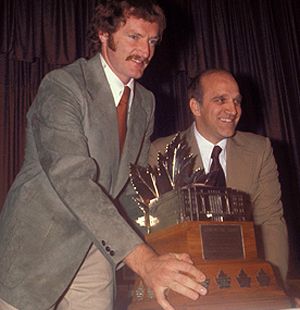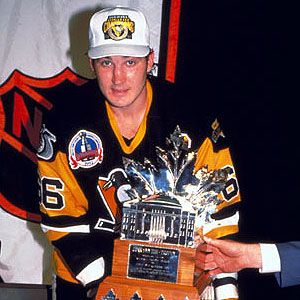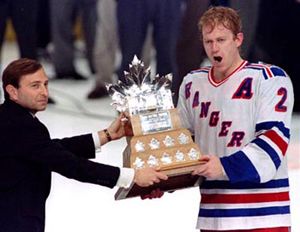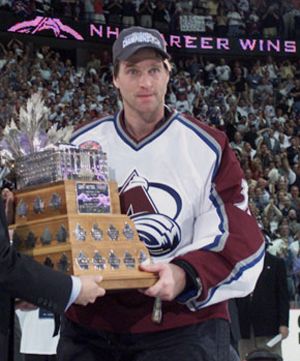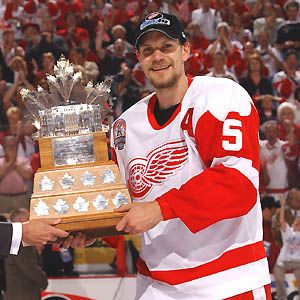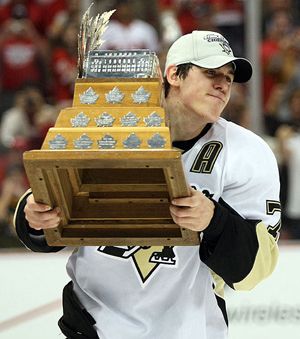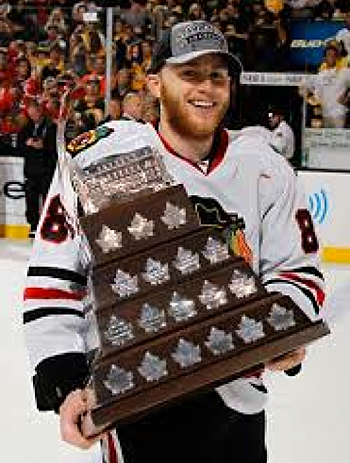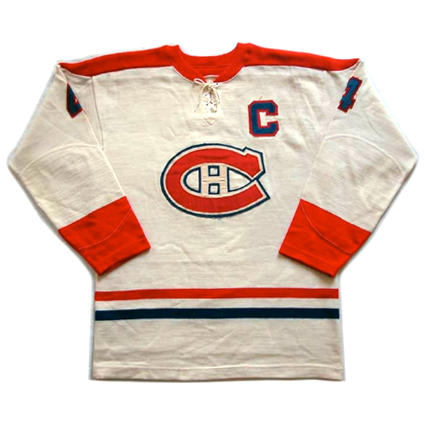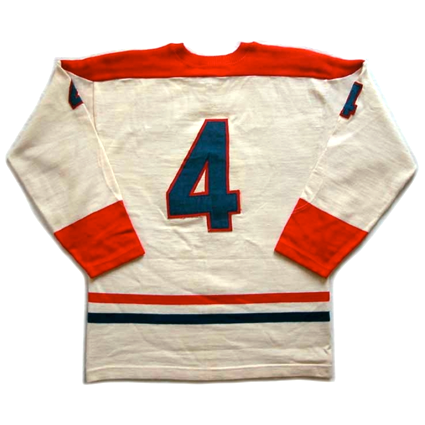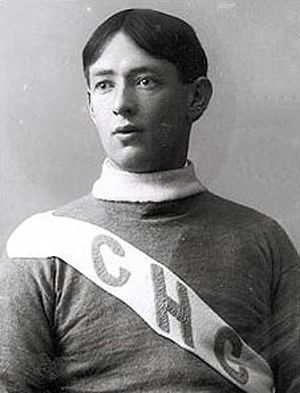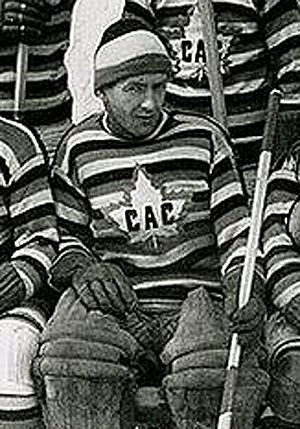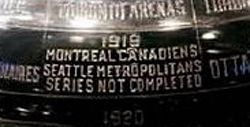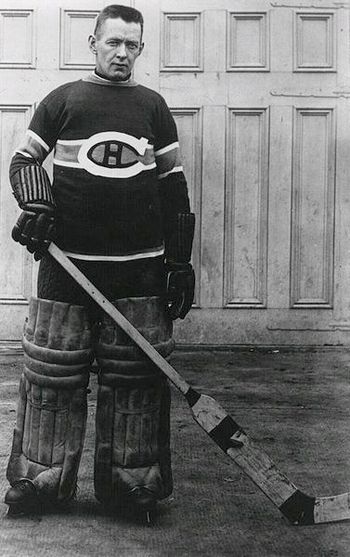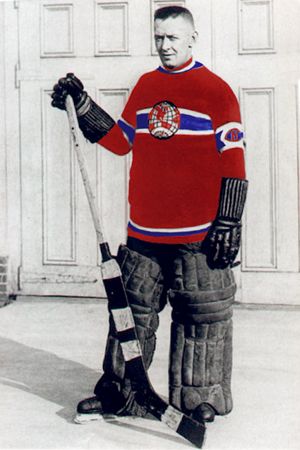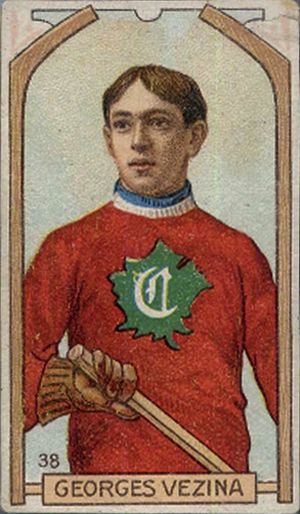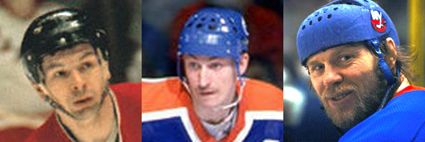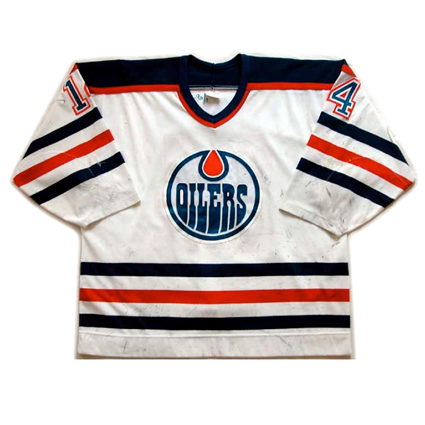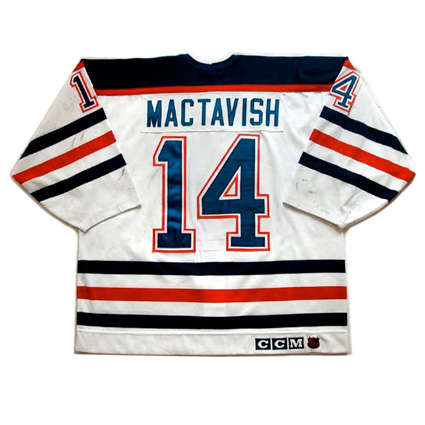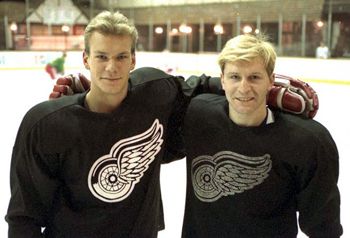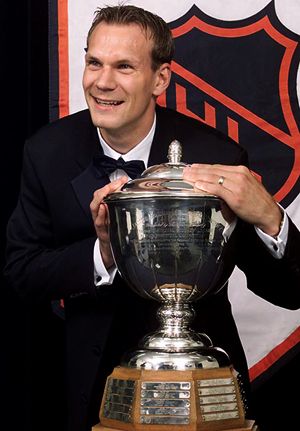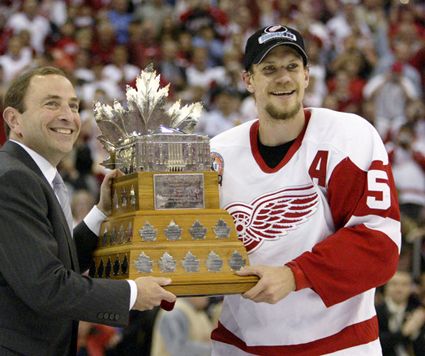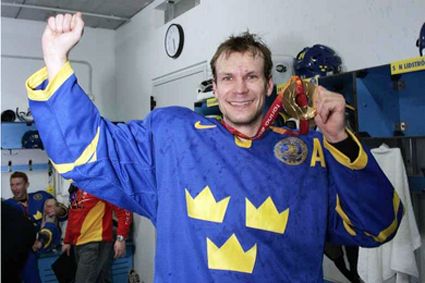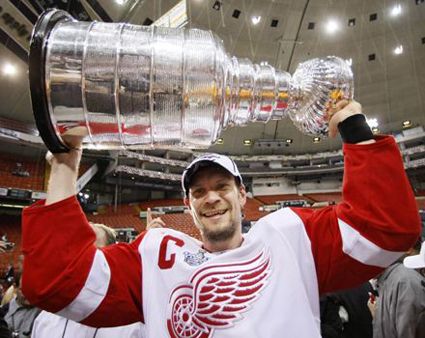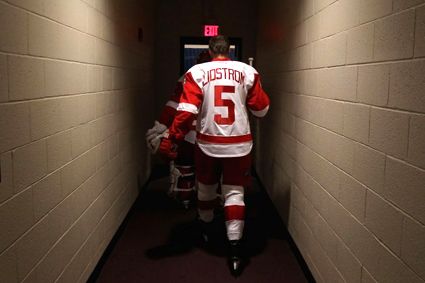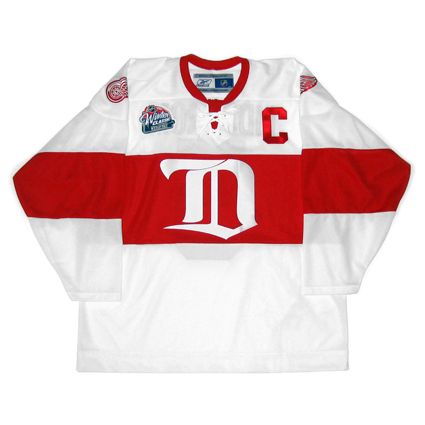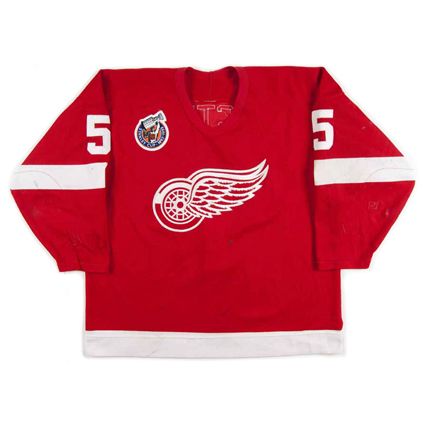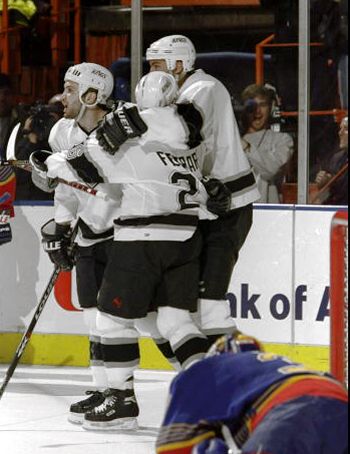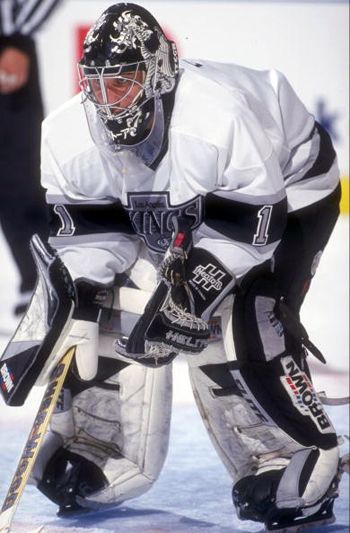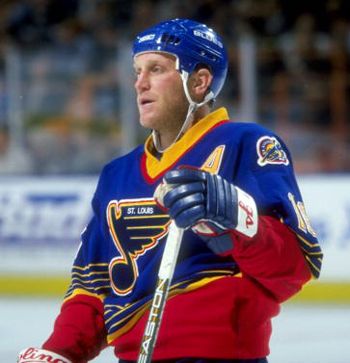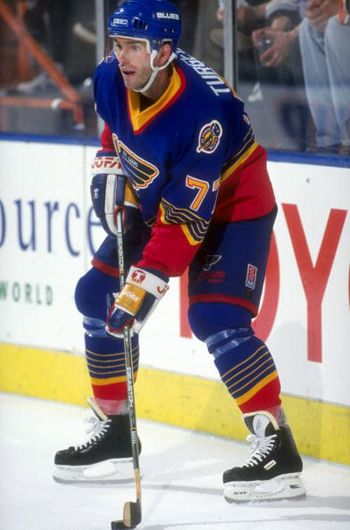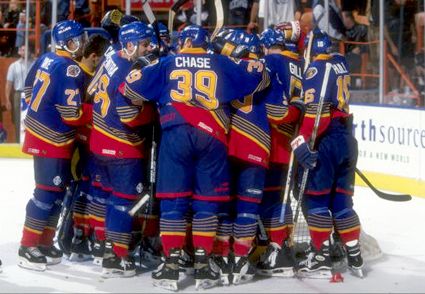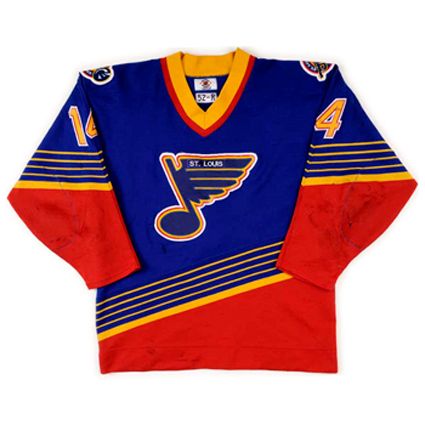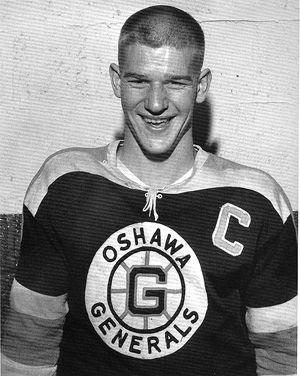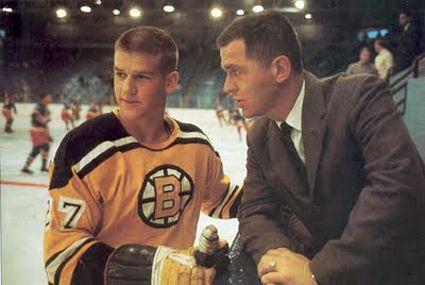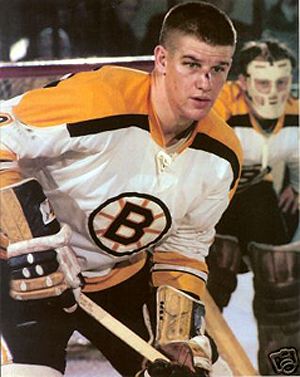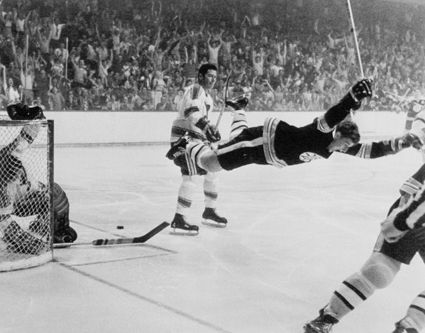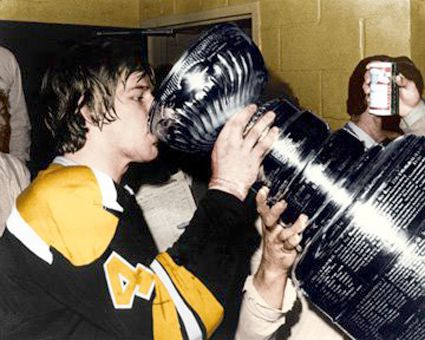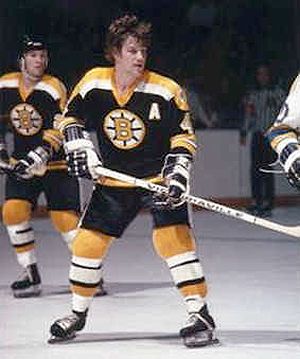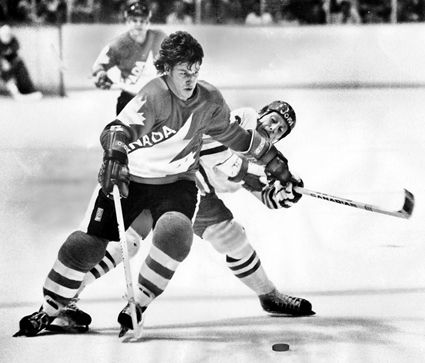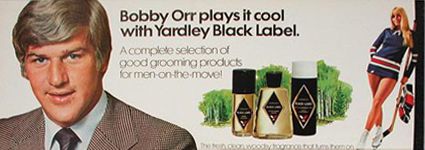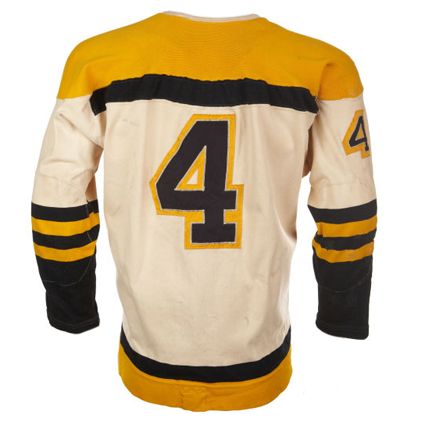There are 16 teams competing in two groups, a format adopted in 2012. Group A in Prague consists of Sweden (ranked #1 in the IIHF World Rankings), Canada (4), host Czech Republic (5), Switzerland (7), Latvia (9), France (12), Germany (13) and Austria(16), who were promoted from Division I Group A last year.
Group B in Ostrava has Finland (2), Russia (3), the United States (6), Slovakia (8), Norway (10), Belarus (11), Slovenia (14), who were also promoted last year from Division I Group A, and Denmark (15).
Teams will play each of the seven other teams in their group once, with the winners in regulation receiving 3 points, unlike the NHL where a regulation win is worth only 2. Winners in overtime or a shootout will receive 2 points and the OT or shootout losers 1 point. The top four teams in each group will advance to the Quarterfinals on May 14th, with the four survivors advancing to the Semifinals on May 16th, with the losers playing for bronze and the winners for gold the next day, Sunday, May 17.
While teams in the top eight will be looking to win the world championship, the goal for other nations is to rise up and be competitive beyond expectations, such as France (winners last year over Canada on opening day and later Slovakia) and hosts Belarus (victors over Switzerland and Latvia) who qualified for the Playoff Round.
For some though, the goal is to collect enough valuable points from taking the big dogs to overtime and winning games against the lower ranked teams in order to avoid relegation down to Division I Group A for 2017. Last year, 15 of the 16 teams were able to win games in regulation time and France's victory over Canada serves as a reminder that no team should be taken for granted. That said, Belarus, France, Germany, Slovenia, Austria and Denmark will be the teams expected to be fighting to avoid finishing last in their groups and be relegated.
There were four games on opening day, with Group A seeing Canada have a better opening day than last year with a 6-1 win over Latvia, with Jason Spezza leading the way with 2 goals and an assist, while Nathan MacKinnon had a goal and 3 points while captain Sidney Crosby had an assist and scored on a penalty shot late in the game.
The other game in Group A was a wild affair between the top ranked Swedes and the host Czechs. Sweden struck first and added a power play goal before Jaromir Jagr pulled one back for the Czechs before the first period ended. Sweden scored again to go up 3-1 before the teams traded goals early in the third to make it 4-2 for Sweden before the Czechs staged an electrifying rally to score three times in 5:19 to take a 5-4 lead with three minutes remaining.
The Swedes pulled goaltender Jhonas Enroth with 1:45 remaining and then went on the power play 20 seconds later when Petr Koukal was sent off for tripping, giving Sweden a 6 on 4 advantage, which they converted with under a minute to play to send the game to overtime. It would eventually require a shootout for Oliver Ekman-Larsson to win it for Sweden.
Group B action started with the United States winning convincingly over Finland and goaltender Pekka Rinne by a score of 5-1. Steve Moses (recently of Jokerit Helsinki of the KHL), captain Matt Hendricks, Dan Sexton, Nick Bonino and Hendricks again into an empty net accounted for the American scoring as goaltender Connor Hellebuyck held the Finns to a lone goal to take an important 3 point regulation win for the US.
Opening day play wrapped up with a 6-2 Russian win over Norway with Russia streaking out to a 4-0 first period lead before Patrick Thoresen got a pair for Norway, which Russia responded to before the end of the period for the final four goal margin. Denis Zaripov led the way with a goal and 3 points for Russia with Sergei Bobrovski getting the win in goal.
Games today include Switzerland vs Austria and France vs Germany in Group A and Slovakia vs Denmark and Belarus vs. Slovenia in Group B.
The United States plays next today vs Norway at 2:15 EST. but it will not be shown until 7 PM on NBCSN, while the next test for the Canadians comes on Sunday vs Germany at 10:15 AM EST on the TSN networks.

